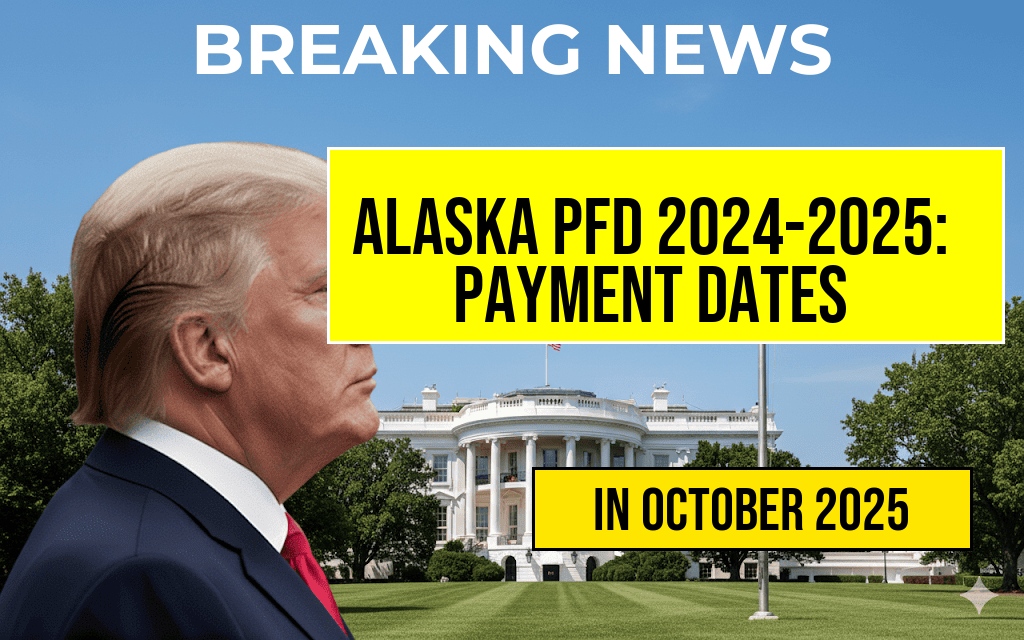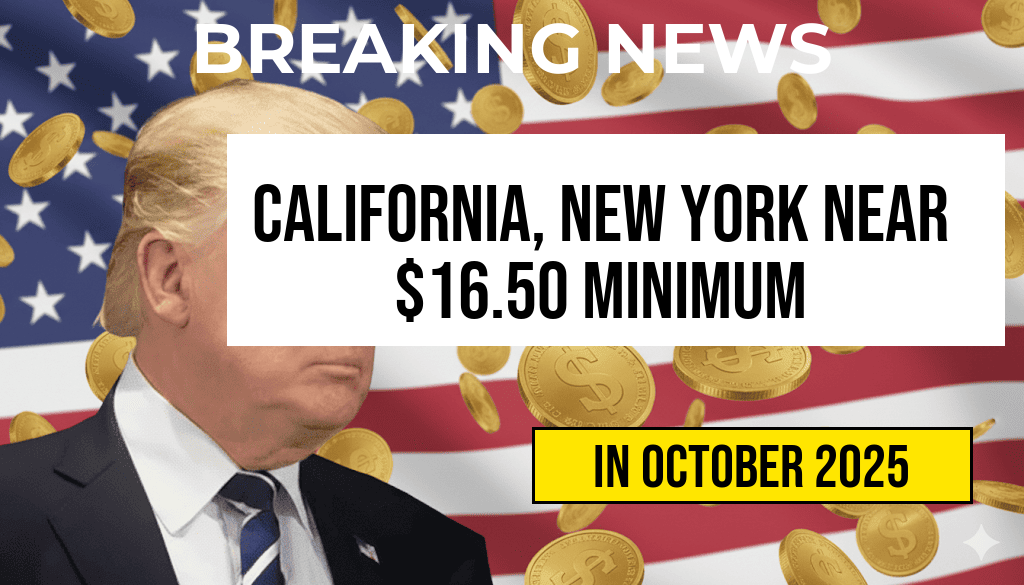Former President Donald Trump has recently voiced support for allowing high-risk cryptocurrency investments within 401(k) retirement plans, sparking debate among financial experts, policymakers, and retirement savers. Trump’s proposal suggests that Americans should have the option to allocate a portion of their retirement savings into volatile digital assets like Bitcoin and other cryptocurrencies, arguing that such investments could potentially boost long-term growth. This stance marks a significant departure from traditional conservative investment strategies typically associated with retirement planning. While proponents see it as a way to diversify portfolios and capitalize on the rapid growth of digital currencies, critics warn of the substantial risks involved, especially given the market’s notorious volatility and lack of regulation. As this proposal gains attention, questions about regulatory frameworks, investor protections, and the impact on retirement security are becoming increasingly prominent.
Background on Cryptocurrency and Retirement Planning
Cryptocurrencies, particularly Bitcoin and a range of altcoins, have experienced exponential growth over the past decade, attracting both retail investors and institutional interest. Despite their rising popularity, digital assets remain highly speculative, with prices subject to dramatic swings based on market sentiment, regulatory developments, and macroeconomic factors. Traditional retirement plans, such as 401(k)s, typically emphasize diversified, conservative investments—stocks, bonds, and mutual funds—aimed at preserving capital and ensuring steady growth over decades. Incorporating high-risk assets like cryptocurrencies into these plans has generally been discouraged due to their unpredictability and lack of oversight.
Trump’s Proposal: A Shift in Retirement Investment Policy?
Key Elements of the Proposal
- Option for Inclusion: Allowing plan participants to choose cryptocurrency investments as part of their 401(k) allocations.
- Regulatory Framework: Advocating for clearer guidelines to protect investors while enabling access to digital assets.
- Risk Disclosure: Emphasizing the importance of transparency about the volatile nature of cryptocurrencies.
Potential Benefits Highlighted by Trump
- Enhanced diversification opportunities beyond traditional assets.
- Potential for higher returns, especially during bullish crypto markets.
- Encouragement of innovation and adoption of emerging technologies in personal finance.
Reactions from Financial Experts and Policymakers
The proposal has elicited a mixed response. Supporters from the crypto industry argue that integrating high-risk assets into retirement plans could democratize access to digital currencies, allowing ordinary investors to participate in the asset class’s growth. Wikipedia notes that cryptocurrencies have become a significant part of the financial landscape, prompting calls for their inclusion in mainstream investment portfolios.
Conversely, many financial advisors and regulators caution against such a move. The Securities and Exchange Commission (SEC), which oversees investment protections, has historically been wary of cryptocurrencies due to concerns about fraud, market manipulation, and lack of transparency. Critics argue that exposing retirement savings to such high volatility could jeopardize long-term financial security, especially for older investors nearing retirement age.
Regulatory and Legal Considerations
Legislators and regulatory agencies face complex questions regarding the integration of cryptocurrencies into retirement plans. The SEC has emphasized the need for clear rules to prevent fraud and protect investors, but comprehensive legislation addressing digital assets within retirement accounts remains elusive. Existing frameworks, such as ERISA (Employee Retirement Income Security Act), do not explicitly cover cryptocurrencies, creating legal ambiguities about their inclusion.
Some industry experts suggest that establishing a regulated environment with custodial safeguards and transparent valuation could mitigate risks, but the development of such standards is still in progress. The debate also revolves around whether plan administrators should be responsible for managing digital assets or if investors should retain control of their crypto holdings directly.
Impact on Retirement Savings and Future Outlook
Incorporating high-risk crypto investments into 401(k) plans could reshape how Americans approach retirement savings, blending traditional asset management with innovative financial instruments. However, this shift comes with considerable uncertainty. While the potential for outsized gains is attractive, the possibility of significant losses underscores the importance of balanced, well-informed investment choices.
| Advantages | Risks |
|---|---|
| Portfolio diversification | Market volatility and price swings |
| Potential for high returns | Lack of regulation and investor protections |
| Encourages financial innovation | Possible regulatory crackdowns and legal uncertainties |
As discussions continue, the broader question remains: should high-risk digital assets become a mainstream component of retirement planning, or does their inclusion threaten the foundational stability of long-term savings? Stakeholders will be watching closely as policymakers deliberate on the best path forward amidst a rapidly evolving financial landscape.
Frequently Asked Questions
What is President Trump proposing regarding high-risk crypto investments in 401(k) retirement plans?
President Trump is advocating for the inclusion of high-risk crypto investments in 401(k) retirement plans, allowing investors to diversify their retirement portfolios with digital assets.
How could including cryptocurrencies in 401(k) plans impact investors?
Including cryptocurrencies in 401(k) plans could potentially offer higher returns and diversification opportunities, but also introduces increased risk and volatility to retirement investments.
What are the potential risks associated with adding high-risk crypto to retirement accounts?
The main risks include extreme volatility, potential loss of value, and the lack of regulation in the cryptocurrency market, which could negatively affect long-term retirement savings.
What regulations currently govern crypto investments within retirement plans?
Currently, crypto investments are limited in 401(k) plans due to regulatory uncertainties and restrictions set by agencies such as the Department of Labor and IRS.
How might this proposal influence the future of retirement planning and investment options?
If accepted, this proposal could lead to a broader acceptance of digital assets in retirement planning, encouraging innovation but also requiring careful consideration of risk management.






